Beyond the skyscrapers lining Victoria Harbour, a beautiful view of mountains covered in lush greenery can be seen in Hong Kong. However, this was not always the case, as it was a barren rock devoid of vegetation when the British first arrived in 1842. "There is only one spot that has a tree on it. It is called Happy Valley and is certainly a pretty spot. The rest of the island is one barren rock and perfectly devoid of vegetation," wrote a British army lieutenant surveying the island.
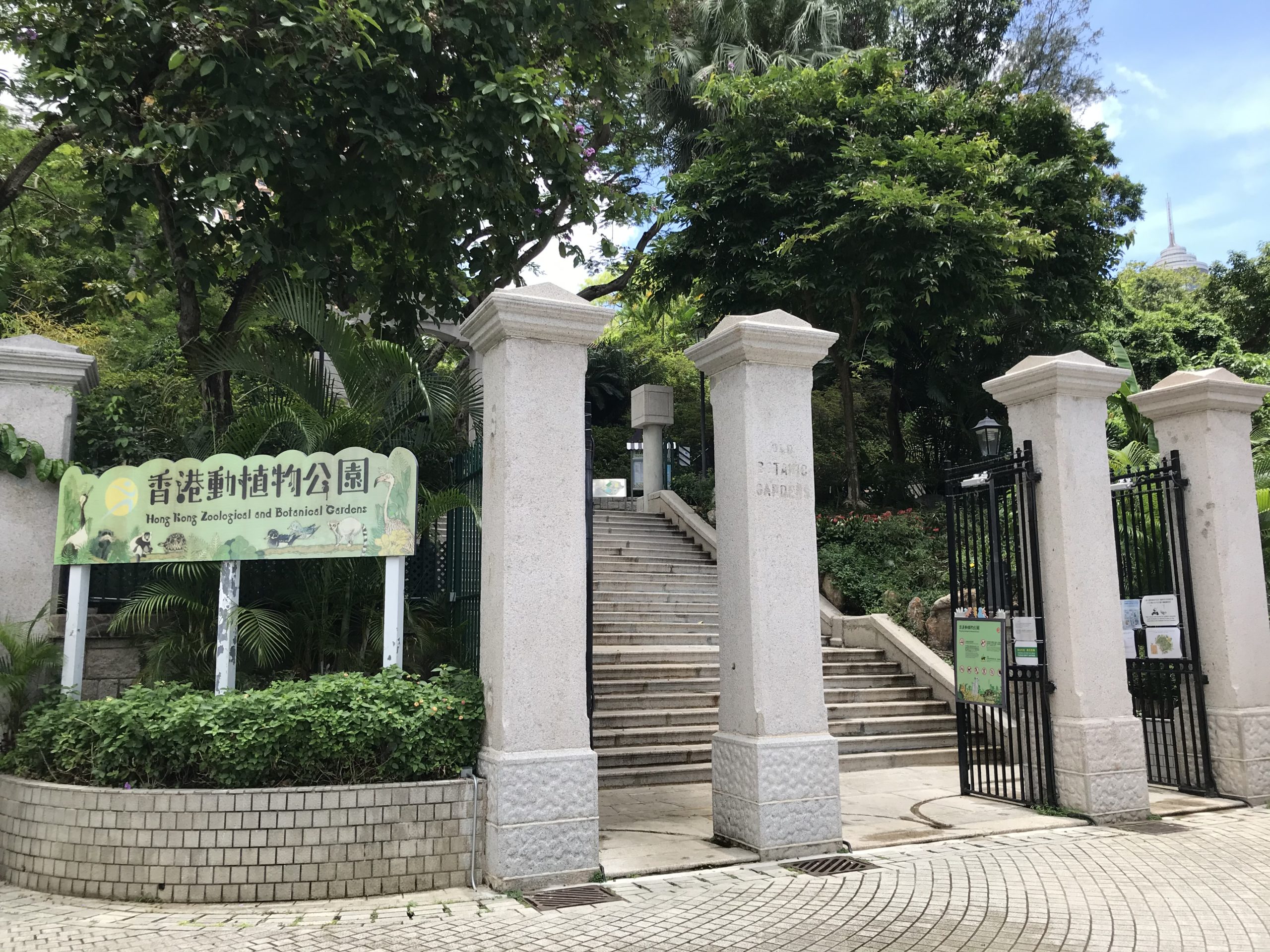
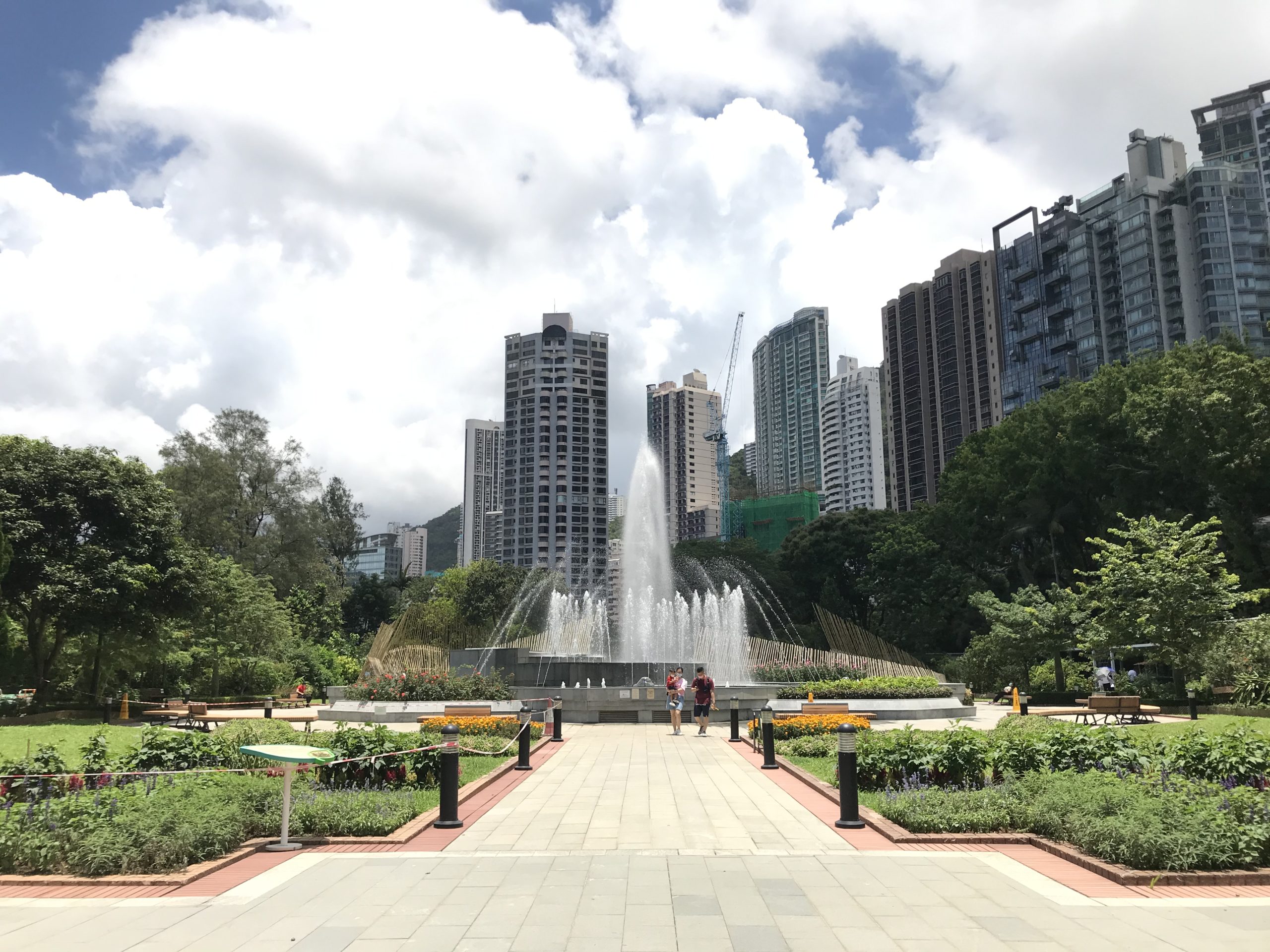
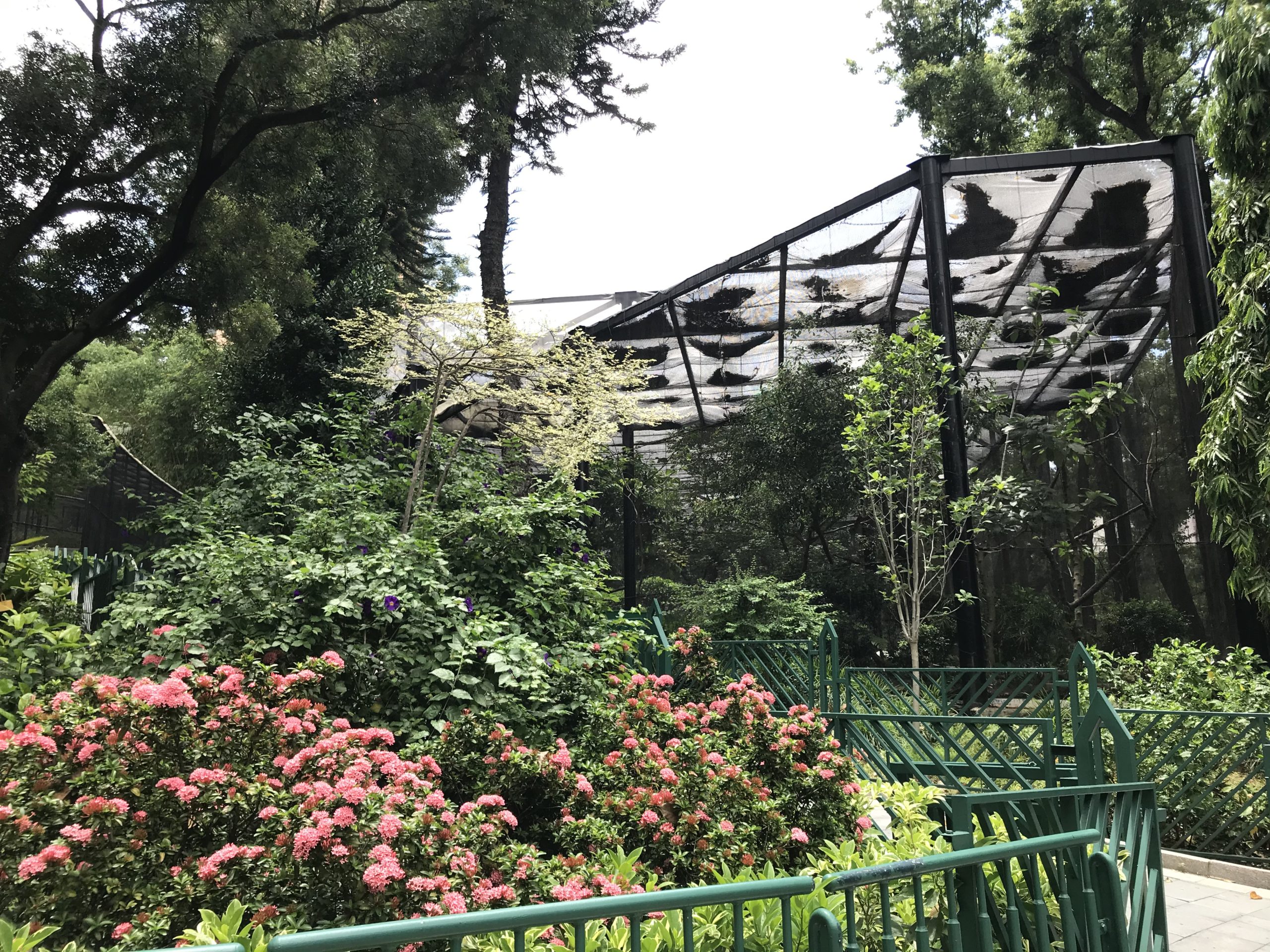
The British brought not only urban development to Hong Kong, but also nature and culture. The Hong Kong Zoological and Botanical Gardens is the first and oldest park in the territory, opened to the public in 1864. Initially used to house native plants for collection and research, the Gardens began building its zoological collection in 1876, comprising birds and mammals.
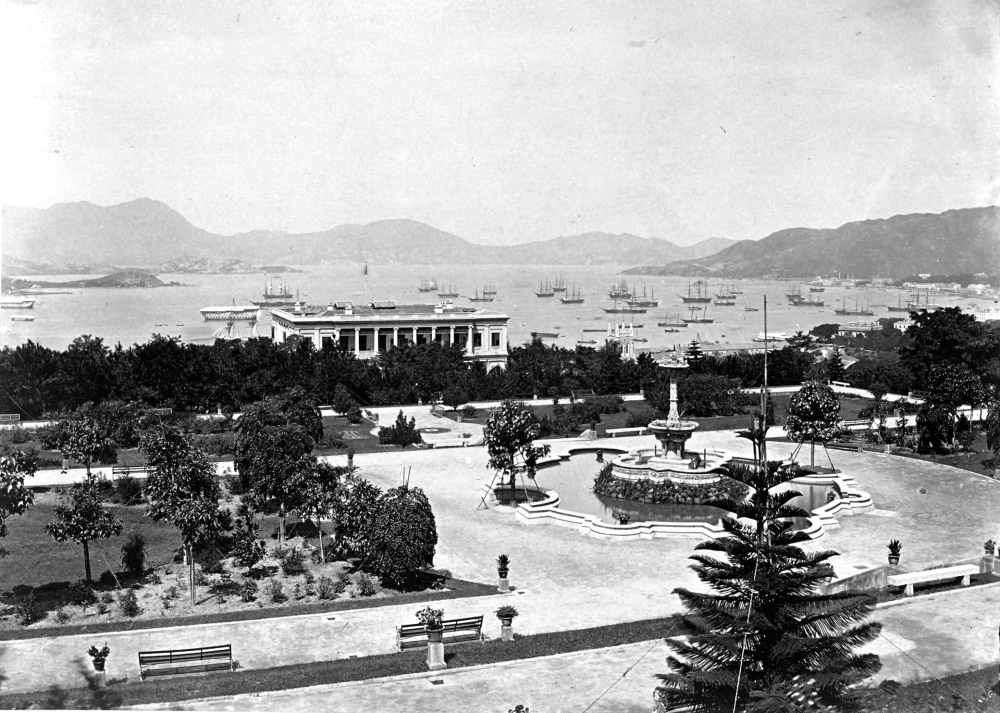
The most important collection in the Gardens in the early days was Bauhinia x Blakeana, the flower and emblem of Hong Kong, which can now be seen easily around parks, gardens, and roadsides. The tree was first discovered by a French Catholic missionary in Pok Fu Lam (薄扶林) in the late 19th century, and it was the first of its kind in the world. Recent DNA research revealed that the trees around the city are in fact clones of the original in Pok Fu Lam 120 years ago! The flower usually blooms in winter around early to mid-December, making it a rare sight for visitors.
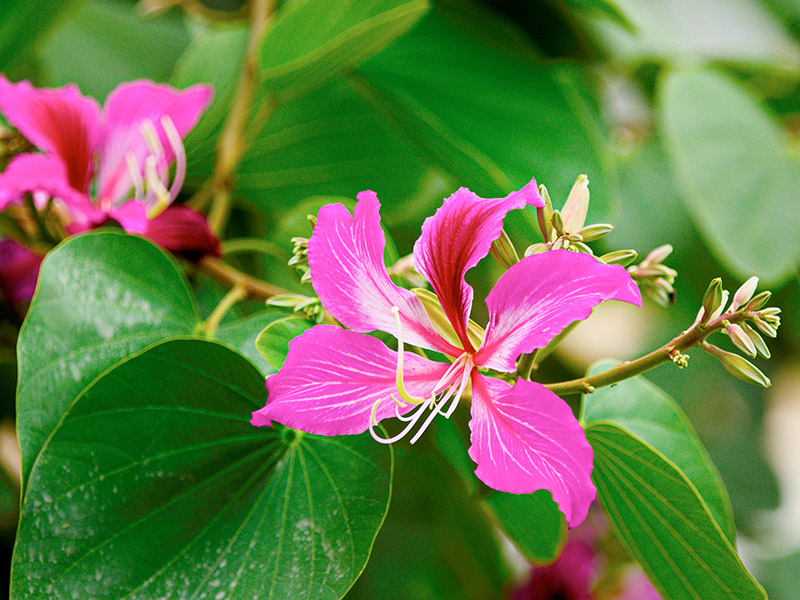
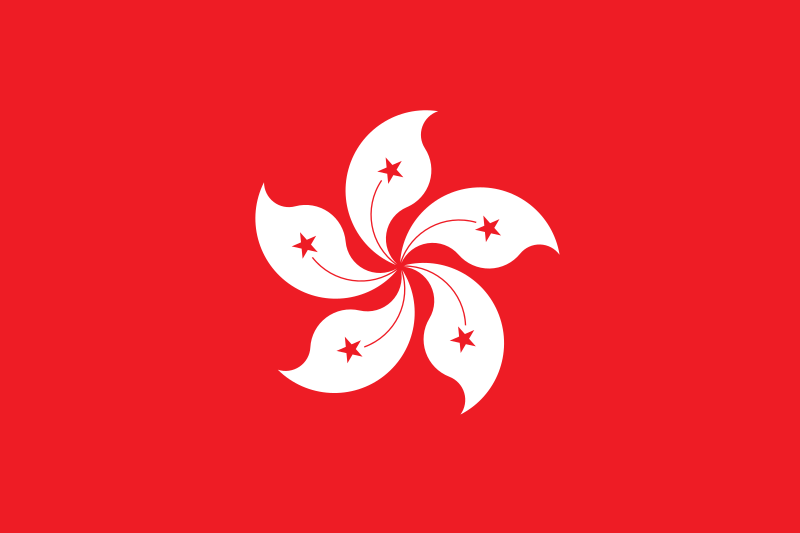
Other than strolling along the heritage trail and enjoying the stories, the Gardens is also a great place to spend an afternoon with your kids. It houses around 50 species of birds, mammals, and reptiles, including the black-faced spoonbill, an endangered species under the International Union for Conservation of Nature (IUCN) Red List. Twenty percent of its global population can be found wintering in Hong Kong, and one vulnerable individual was brought to the Gardens in 2018 after being rescued.
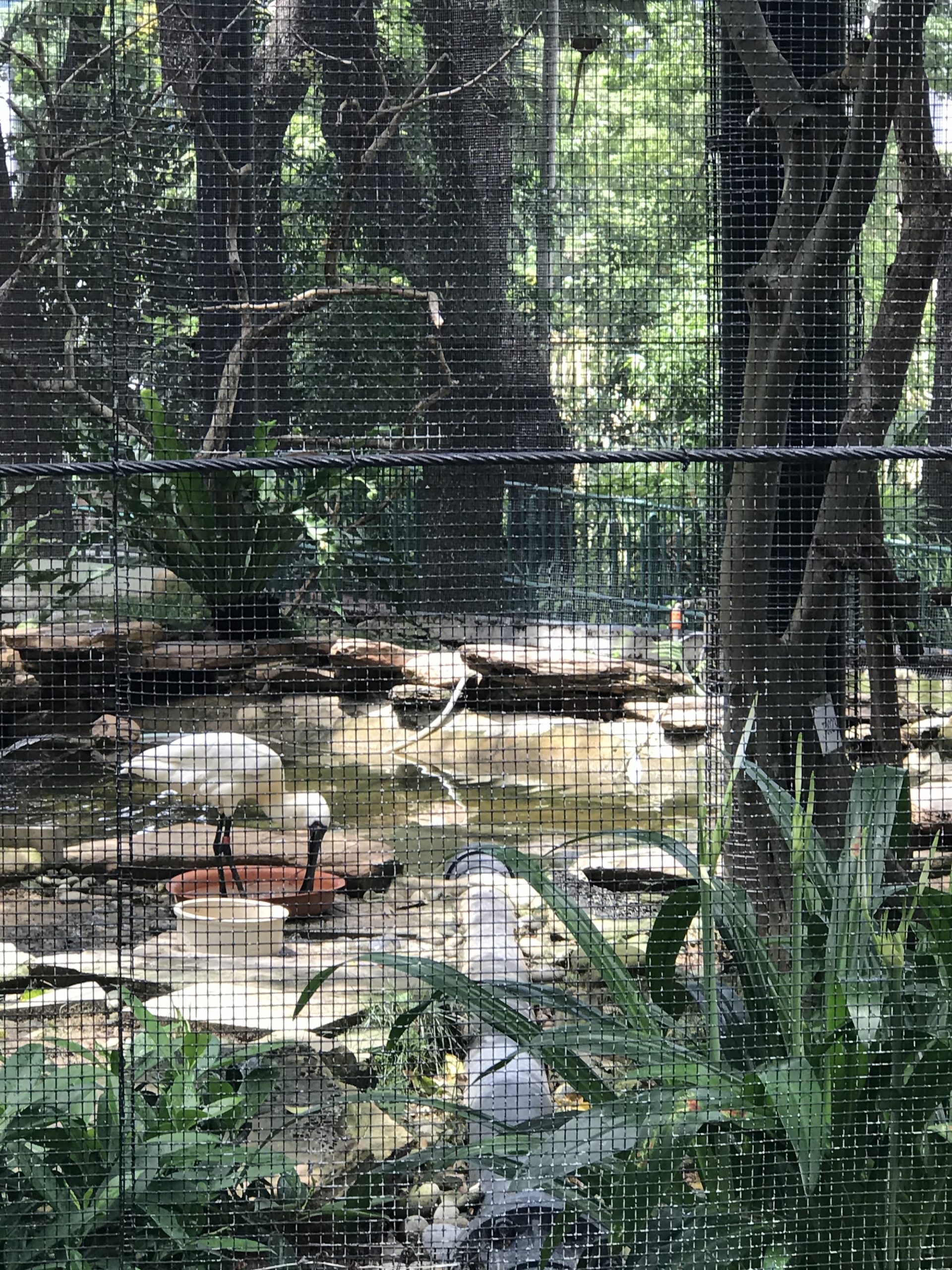
In the mammal enclosure, after checking out various types of primates, you will come across two meerkats, which were brought to the Gardens in 2016. While at the education and exhibition center, you will meet Siu Fa (little flower), the taxidermy specimen of a female Jaguar, who grew up with a few generations (20 years!) of Hong Kong people before passing away in 2008. However, you should always question whether it is morally right to keep these living companions in cages.
For Panda and aquarium, you will need to go to the Ocean Park. Nonetheless, the Gardens remain a joy to visit, and it's remarkable that Hong Kong, once a barren rock, is now a metropolis with more than 75% of its land consisting of undeveloped green zones. Perhaps this is a mission accomplished?









